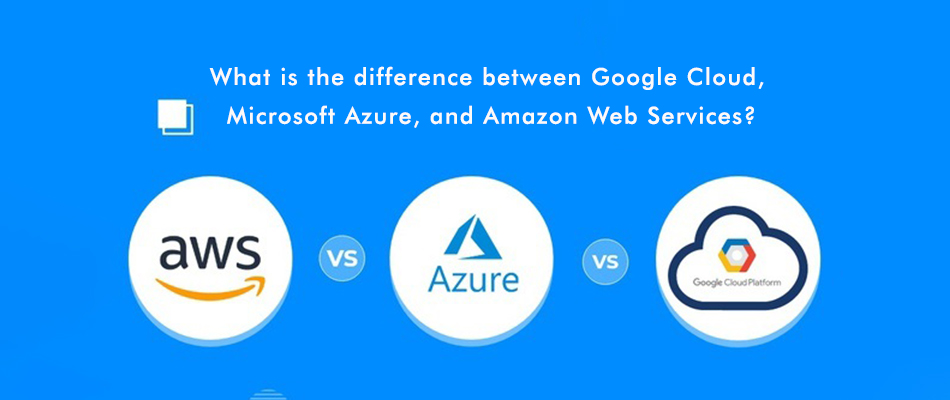There are numerous technologies in the world today. While it is not possible to know about all of these, most have heard the name of React. But which React are we talking about – React.js or React Native? If you are not a part of the mobile or web development world, then you must be wondering what the difference is.
If you are a fresher, you must find yourself thinking that these two are the same. And it is only right to think since both have the term react in it. The fact is that they do have a lot in common. But still, these two are different from one another. In this blog, we are going to talk about React.js vs React Native and give you everything you need to know.
By the time this blog completes, you will have a clear knowledge of both these technologies. But before we do that, we need to lay some basic pieces of information to help you better understand what is to come later. Let us get started now!
How do Websites get Rendered?
A user types a website’s URL into the address bar of the browser and clicks on the enter button. When this happens, the browser sends a request to the website. Consequently, an HTML file is sent by the web server to the browser.
The HTML file is full of various content materials related to the web page, along with linked files including videos, stylesheets, and images. The web browser builds a DOM (abbreviation for Document Object Model). It is a tree-like structure that includes various elements of the page such as paragraphs, buttons, links, etc.
It is the job of the browser to initiate requests related to all linked files as well as downloads them to the computer. The linked files such as JavaScript and CSS are then parsed, style is applied to the content, which makes it more presentable. Once all the requested files are downloaded, the content is rendered on the screen by the browser.
However, the one problem that was continuously seen was when it came to inserting elements into the DOM via JavaScript. The problem? The code is not reusable! Thus, if the developer wants to insert a certain button into the page with a changed colour, they would have to create the element again in JavaScript.
But this is a very simple example. When user interfaces are complex, the things become even more confusing and time-consuming. To combat this problem, React was developed and has since eased down the process of ensuring that web apps are created in a much intuitive and organized manner.
What is React.js?
React.js is a front-end, open-source JavaScript library. It aids in building UI or user interface components. When we say that it is a front-end library, we mean that React may be used for building all parts of a website interactable by the user.
React ensures that the entire process of user interface designing is much easier as when done via JavaScript. With React, various elements are created and any of those can be reused quite easily in any other aspect of the app or the website. However, in JavaScript, the developer has to write the same code every time they need to create a previously created button. This leads to a lot of complexity.
Developed in 2011 by Facebook, today React.js remains to be one of the most popular front-end libraries out there. It has gained so much popularity because of the numerous benefits it offers. This includes developing adaptive, intuitive, and quick web and mobile applications. Additionally, the designing process also get automated. A React.js developer holds the potential to build almost anything they want to without much thinking about the rules.
Developers with use React.js are easily able to integrate libraries or plugins with the existing code. Thus, they are also able to develop simple, scalable, and fast web applications. There are plenty of React.js development services. By using them, the develop is able to create amazing single-page apps, progressive web app development, and static websites.
What is React Native?
React Native is an open-source framework that is based on JavaScript. It has also been developed by Facebook like React.js. It was developed to keep up with the ever-growing demands of mobile needs. This is a hybrid mobile app framework that allows the developer to create mobile applications with one single codebase. Along with this, the developer can also render across multiple platforms such as Android and iOS.
We know how confusing it must be for you. To learn that a mobile app can be built with a single framework and that too that works on both Android OS and iOS. Once you begin your React training and certification course by Grras Solutions, you will learn more such facts and be able to excel in your respective field.
In simple terms, React Native takes the base abstraction of React.js and utilizes them. However, the library components are different. Thus, they both share a similar core and yet are substantially distinct in nature.
React.js VS React Native
Now that we have covered what React.js and React Native separately are, it is time to take things ahead. In this blog, we will take you on a comparative journey to help you better understand how these two are different. And despite of sharing a part of their name and also being somewhat similar at the core, they are two distinct technologies.
If we are talk in simple terms, React.js and React Native can be called siblings because of the similarities they share. However, their distinction is quite obvious to those who have both or either of these. Here are a few points that will help you better understand the difference between React.js and React Native.
- Installation Process
React.js
As we have already mentioned above, React.js is a JavaScript library. Hence, all that needs to be done is integrating React library in the






